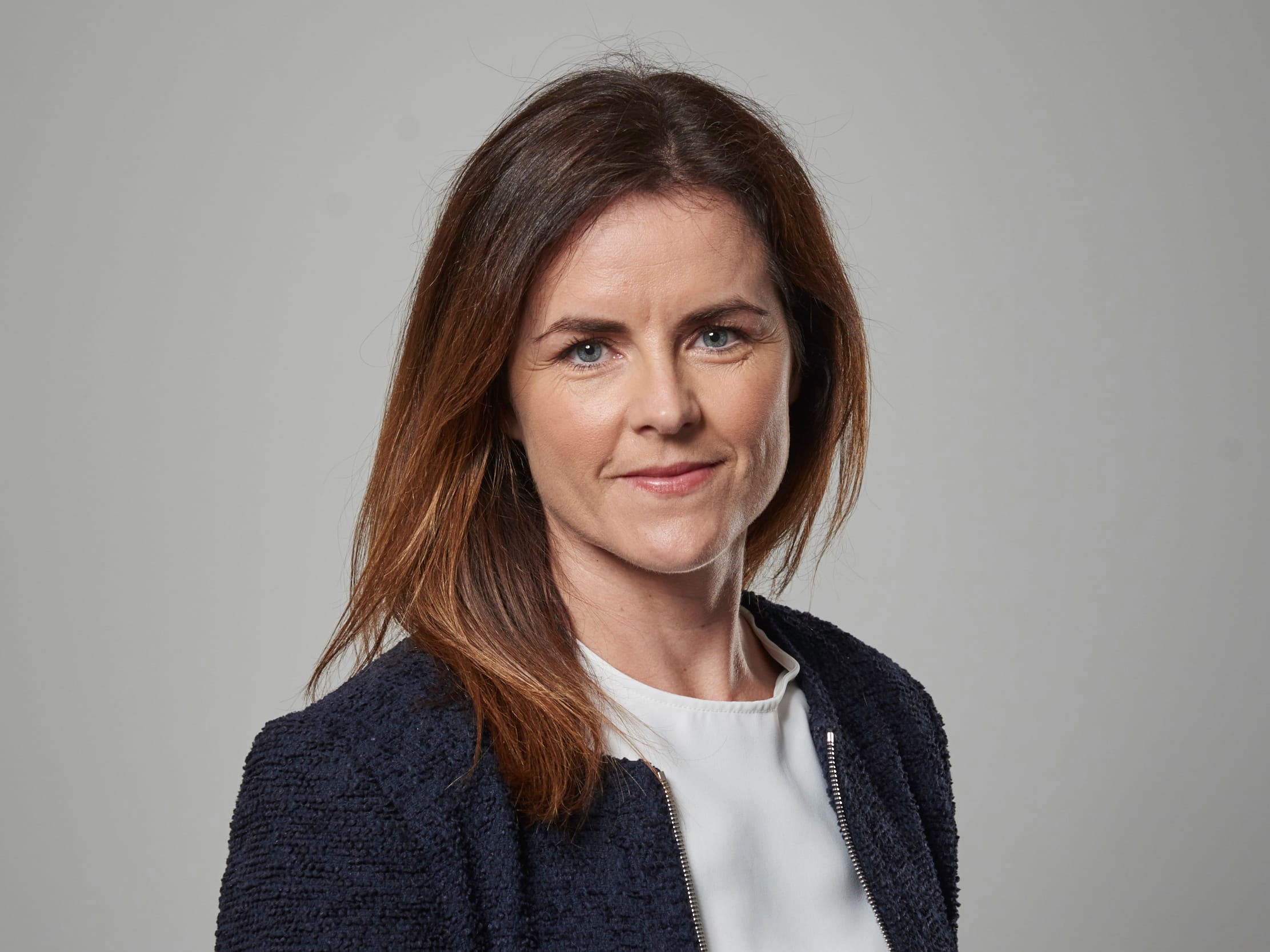Madeleina Loughrey-Grant, Group Director – Legal, Procurement (EU) and Sustainability at Laing O’Rourke talks about ambitious net zero planning, cleaning up supply chains and the transformation of construction and engineering.
International engineering enterprise Laing O’Rourke often speaks of pushing boundaries and making positive change, and its goal of being operationally net zero by 2030, and fully net zero before 2050, is testament to that attitude.
Loughrey-Grant was appointed to head up procurement, sustainability and legal, and the bringing together of these functions under central leadership is an example of innovation in itself. She believes the aforementioned targets can be achieved through industry transformation, radical collaboration with supply chain partners and the ability to “trial new technologies and solutions” which are “scalable for deployment”.
Working closely with supply chain partners also directly results in more meaningful relationships, with transparency at its core, says Loughrey-Grant.
“Being part of the same sustainability journey definitely enables us to build deeper relationships with our supply chain partners, have a greater level of engagement and grow together,” enthuses Loughrey-Grant.
“We’re asking more of our supply chain now, and that changes the nature of our relationship. It’s more collaborative; we’re in it together, and I think that’s really exciting.”
This, in turn, can lead to tangible changes in various parts of the company, and Loughrey-Grant points to a concrete example.
“We’re working really closely with our concrete suppliers to innovate, trial and report results. Carbon data is an area where we’ve made significant progress, which in turn means we can give our clients detailed data for their projects, so we can all measure and report with a much higher level of confidence. It’s as important for our clients as it is for us.”

Innovative and radical collaboration may be seen as a risk for the construction industry, but in terms of decarbonisation it is essential, and this is where systems thinking (approaching the whole as well as individual parts) comes in.
“By linking together as an ecosystem of partners with a variety of perspectives, we’re better equipped to come up with transformative ideas, to understand the knock-on impact of the decisions we take and lay the ground for revolutionary thinking,” says Loughrey-Grant.
“We recognise the need to work closely with partners who understand the challenge and are equally as committed to bringing about the changes needed. That means a clear focus on sustainability and ultimately only working with organisations that are genuinely committed to coming on this journey with us.”
It is not just about decarbonisation
“We cannot achieve our long-term targets in isolation. The net zero challenge is one that is borne by parties across the construction industry, and supply chain plays a significant role in that. Over 95% of our emissions are Scope 3 and, of those, 90% are associated with purchased goods and services,” Loughrey-Grant says.
“We recognise that there are many different ways in which we’ll work with supply chain partners to achieve those goals, including education, aligning supply chain requirements and encouraging innovation.” The assertion that sustainability is not simply about carbon emissions is at the heart of Laing O’Rourke’s strategies.
“It is easy to focus on carbon when there’s so much narrative around net zero targets, but in reality, sustainability is much broader than that, and that breadth is reflected in our supply chain requirements,” Loughrey-Grant explains.
“We’re immensely passionate about the difference we can make to people and communities around our projects through our person-centric social value programmes, and recognise the important part played by supply chain partners in helping to bring these programmes to life.
“When it comes to innovation, supply chain partners are an essential part of the story. As well as working together to find carbon-efficient materials and solutions, we also want to collaborate on innovative nature-positive solutions, [the] circular economy, and waste management.
It’s an exciting time to be in this industry. Many organisations in our supply chain are pursuing exciting and innovative projects and we want to be part of their journey too, combining our complementary expertise to bring innovations to life - and in the process, achieve our own ambitions.”
Making sense of the data
In an industry sometimes lacking reliable and useful data, the access to good quality data is a central tenet in Laing O’Rourke achieving its ambitions.
“We have a data quality hierarchy. At the top are validated Environmental Product Declarations (EPDs) where carbon and/or environmental data have been independently verified. Where that isn’t available, we ask for specific data from supply chain partners linked to our reporting requirements,” explains Loughrey-Grant.
“Aligned with that hierarchy, we’ve invested a lot of time and resources into shifting emissions data from spend-based, to quantity-based, to EPDs, and will continue this journey to improve our data integrity.”
It is these aspirations which give Loughrey-Grant and Laing O’Rourke a unique view into the future of construction, with the maximisation of material and personnel efficiency being vital.
“We’re long-time advocates of modern methods of construction (MMC) and offsite manufacturing; There are huge sustainability benefits to this approach.
“Fixed facilities mean we’re better able to control the environment. This has advantages from a carbon perspective - for instance, our facilities are powered by 100% renewable electricity, [and] weather-related impacts are eliminated so we can use lower carbon concrete year-round without impacting programme timeframes, and rework is reduced,” says Loughrey-Grant.
“Offsite also has benefits from a social sustainability perspective. That includes health and safety benefits, as instances of working from height and in contained spaces are eliminated. Employees work predictable patterns close to home, which is better for welfare.”
“I’d like to see a shift from organisations - whether that’s governments, clients or contractors - from saying they deeply care but then defaulting to lowest cost, to one where sustainable innovation is genuinely valued and rewarded. Where doing the right thing doesn’t result in a squeezed margin, rather it provides funds that can be further invested in sustainability-focused innovation,” Loughrey-Grant concludes.
Image: Madeleina Loughrey-Grant, credit: Laing O’Rourke.

